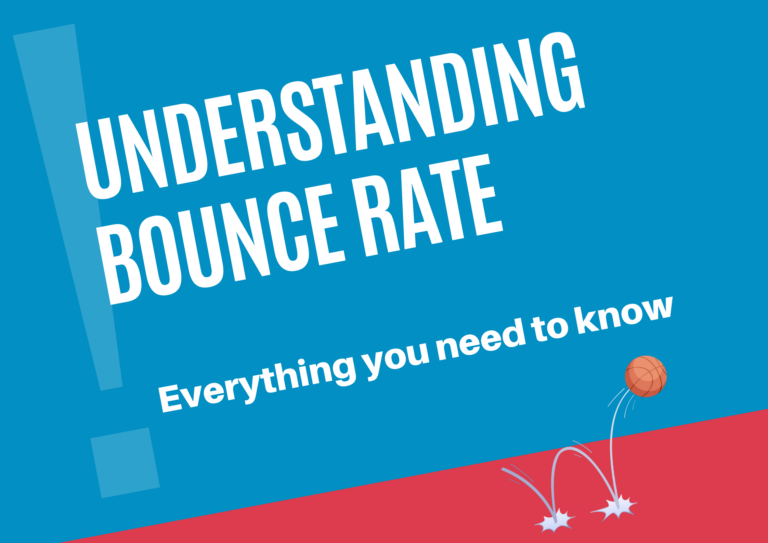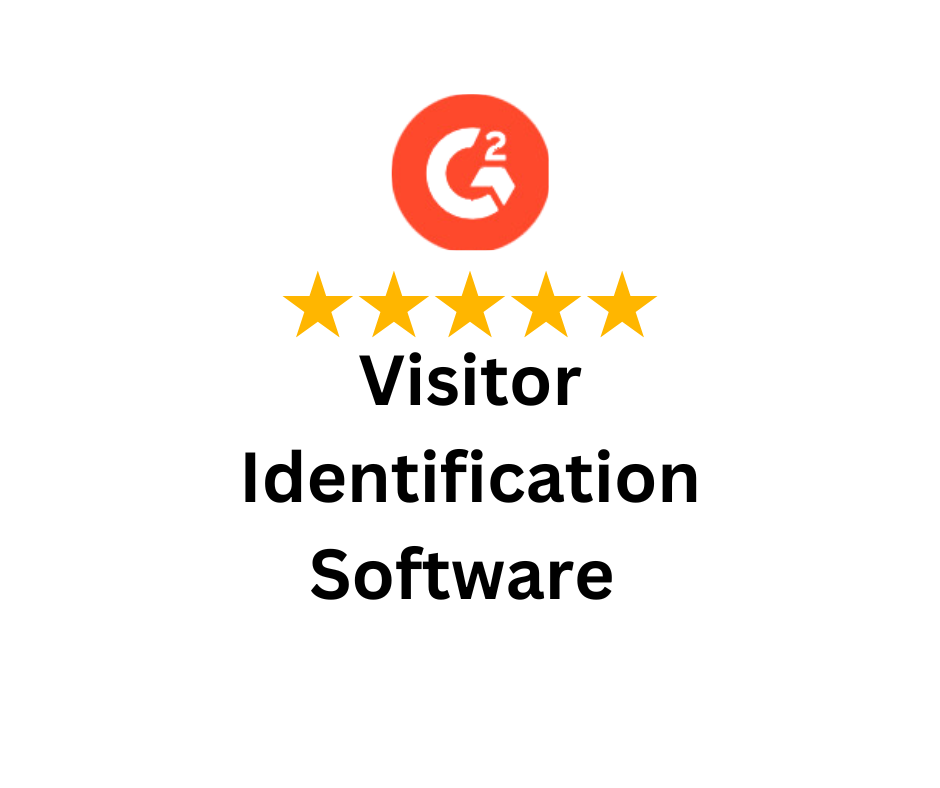Your marketing strategy can be greatly enhanced by knowing bounce rates. The bounce rate is one such statistic that is highly significant.
Understanding bounce rate and learning techniques to lower it can greatly improve your online presence, regardless of experience level in the marketing field.
We will dive into the intricacies of bounce rate, examine its importance, and examine practical strategies to reduce it in order to provide a more successful and engaging online experience.
Simply put, bounce rate is the proportion of visitors that land on a page and then leave without interacting with the site further by visiting other pages. It basically shows how frequently users “bounce” off a website after only viewing one page. This measure, which is commonly given as a percentage, can be computed by multiplying the total number of website sessions by 100 and dividing the total number of single-page sessions by the total number of website sessions.

Bounce rate is an important metric for measuring user experience and website engagement. A high bounce rate may indicate one or more underlying problems, such as:
Now that the significance of bounce rate has been established, let us look at practical methods to lower it and improve website engagement:
A high bounce rate depends on a number of variables, including the industry, the kind of website, and the goals of the organization. But generally speaking, bounce rates of less than 40% are good, average rates are between 41% and 55%, and higher than 70% rates demand further investigation. However, it is important to consider the context; e-commerce sites should strive for lower bounce rates, whereas blogs may accept higher rates provided they are accompanied by longer time-on-page metrics.
Faster Page Loading:
Reduce the number of HTTP requests made to your website, use browser caching, and compress your images to improve performance. Quick page loads increase user engagement and reduce sluggishness-related bounce rates.
Adjust for Relevance of Content:
To ensure that landing page content is in line with user expectations and search intent, conduct in-depth audience research. Ease problems, offer remedies, and hold attention to promote sustained involvement.
To improve the User Experience (UX):
Create visually appealing, user-friendly interfaces that put the needs of the user first and enable easy navigation. Make mobile responsiveness your top priority, simplify user journeys, and pare down layouts to create a frictionless experience.
Implement Clear CTAs:
Strategically position compelling calls-to-action (CTAs) that guide visitors towards desired actions. Ensure visibility, clarity, and relevance to prompt users to explore further and convert.
Optimize for Relevant Keywords:
Harness the power of SEO by optimizing landing pages for relevant keywords. Craft captivating meta titles and descriptions to entice clicks and attract qualified traffic, thereby reducing bounce rates induced by mismatched intent.
A/B Test Design Elements:
Embrace a culture of experimentation by conducting A/B tests to iterate on design elements, layouts, and messaging. Leverage data-driven insights to refine user experiences and minimize bounce rates effectively.
Provide High-Quality Content:
Strive for excellence in content creation by delivering informative, engaging, and visually appealing material. Incorporate multimedia elements, such as videos and infographics, to enrich user experiences and prolong visit durations.
In conclusion, bounce rate is an essential indicator for assessing user experience and website engagement. You may improve the general functionality of your website and encourage valuable interactions with your audience by comprehending the elements that lead to a high bounce rate and putting efficient methods in place to reduce it. You may lower bounce rate and encourage deeper engagement with your target audience by optimizing page load speed, increasing UX, enhancing content relevancy, implementing clear CTAs, and utilizing data-driven insights. These actions will ultimately lead to greater success in the digital landscape.
Empowering businesses to optimize their conversion funnels with AI-driven insights and automation. Turn traffic into sales with our advanced attribution platform.

